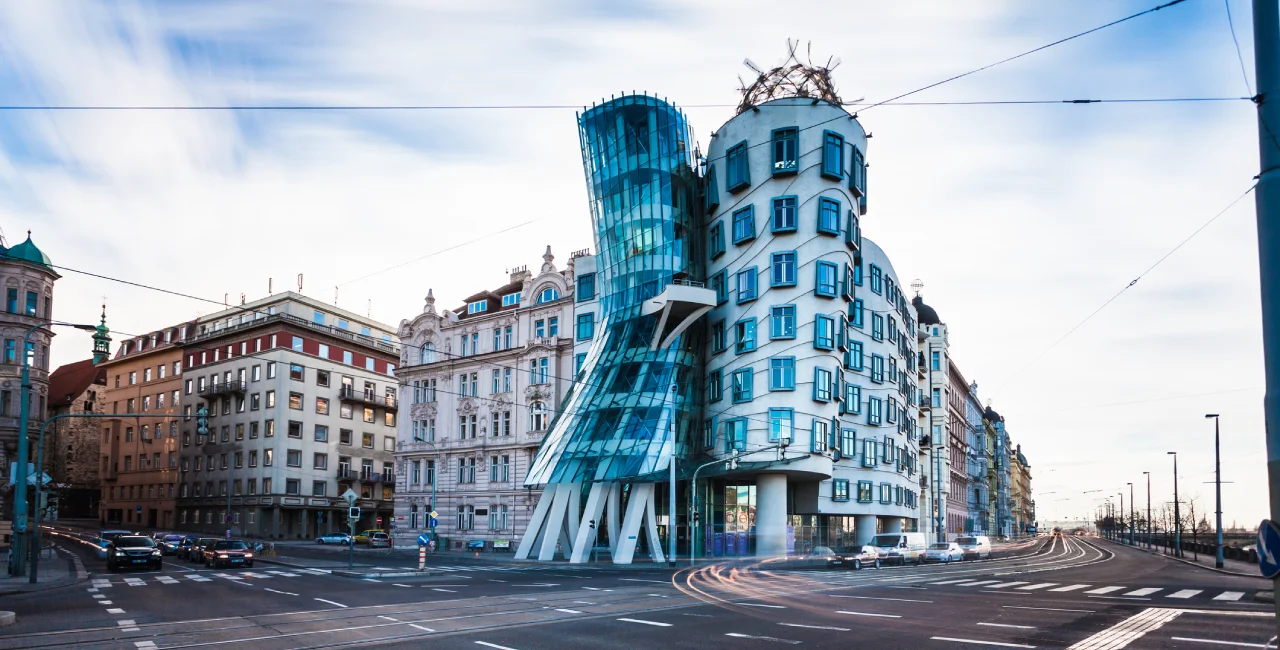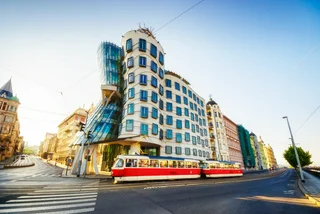Vlado Milunić, who designed the Prague landmark Dancing House together with American architect Frank Gehry in 1992, passed away in the Czech capital yesterday at the age of 81 following a long illness, Czech Radio has reported based on information provided by his family.
Milunić was born in Zagreb in what is now Croatia in 1941, but lived in Prague from the age of 16. In regards to his nationality, he described himself as "a Czechoslovak architect because I have a Czechoslovak education, and I feel Yugoslav in protest against primitive nationalism, even though neither Czechoslovakia nor Yugoslavia exists anymore."
Prague's Dancing House, which was designed by Milunić and Gehry in 1992 and completed in 1996, was initially met with waves of skepticism but has since become one of Prague's most identifiable modern landmarks. It is now a symbol of the city, and has won numerous architectural prizes.
Milunić was an alumni of Czech Technical University in Prague, and he taught at the school in his later years. He was well-known for his contributions to social projects and his views on Prague's housing estates, where he lived after his family came to Czechoslovakia.
In a 2016 interview, Milunić described the history of how Prague's Dancing House came to fruition, dating back to the 1980s. At the time, his six-member family could no longer fit into one of Prague's panelák housing estates, so communist authorities provided them with an apartment in the center of the city by Rašínovo nábřeží.
By sheer coincidence, that apartment building was once owned by the family of future Czech president Václav Havel. While it was seized by the communist authorities, the Havel family continued to live at the location, and Milunić became friends and neighbors with the future president.
Knowing he was an architect, Havel asked Milunić to divide his family's apartment into two halves for himself and his brother Ivan after their parents had died.
Milunić later approached Havel with the idea of filling the empty space next to the apartment building, which had been left vacant since a WWII bombing had destroyed the previous structure. Havel agreed, and the two began collaborating on ideas for what to do with the space.
The two planned to create a new building there that would serve shopping, cultural, and dining needs. Early on, they had trouble securing an investor, and conservationists criticized the unusual design plans as incompatible with the historical architecture in the area. Ultimately, the Dutch company Nationale Nederlanden financed their project.
Before the Dancing House, Milunić designed several homes for senior citizens throughout Prague in the 1970s and 1980s, as well as accommodation for hospital staff. Outside of Prague, he assisted in the design of buildings in the Czech Quarter in Shanghai among other projects under his architectural company Studio VM.












 Reading time: 2 minutes
Reading time: 2 minutes 
























